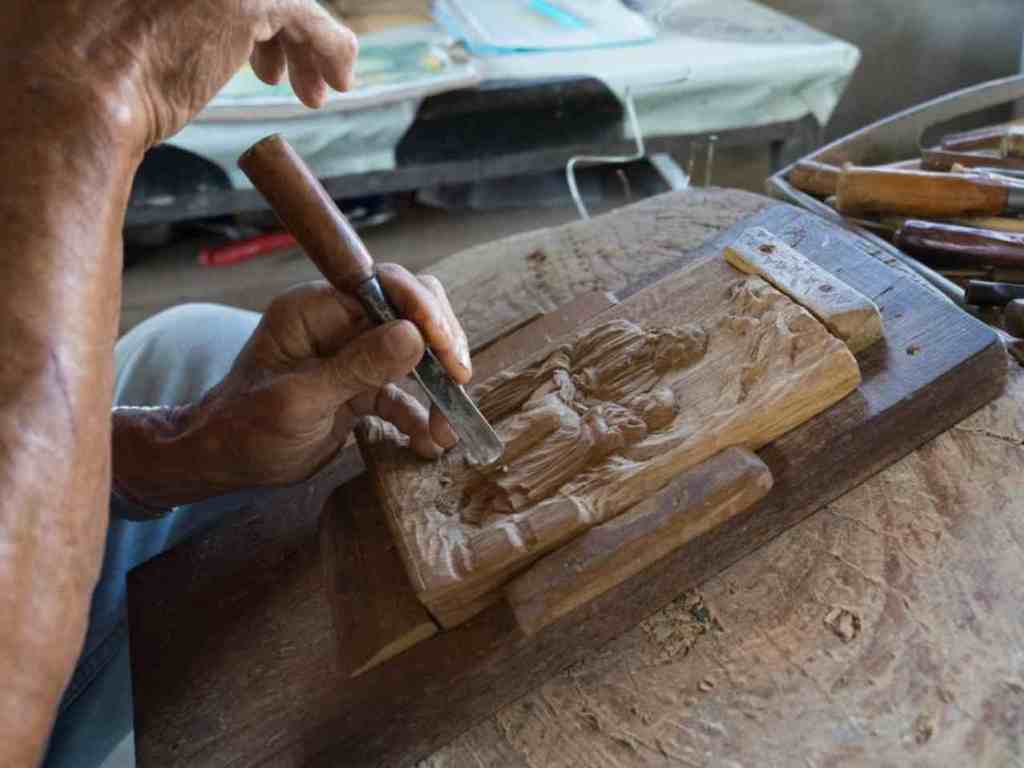Patana's history
The story of 65-year-old Patana in northern Thailand is typical of the overall assistance provided by the Lepramism Union.
"I was three years old when I got leprosy. Red spots appeared on my arms. When I was six or seven, a missionary found me and took me to a hospital near our home in northern Thailand. This missionary was very kind to me. He brought me sweets and told me about Jesus. He even sent me a blanket to the hospital. During the hospitalization, I had a drug reaction. I could not walk, my body hurt and I had lumps. So they sent me to the leprosy hospital in McKean." (Mission centre in Chiang Mai city in northern Thailand.)
"After my treatment, I went to the boys' rehabilitation centre and started school there. I was then stuck at McKean because I wouldn't have been accepted back home. Even though I was a small child, I would have been locked up in the house because I would have been ostracised by the villagers. My parents were afraid that I would stigmatize them too. I remember once travelling on a train and they covered my face so that the other passengers would not see the signs of leprosy. My family stopped visiting me. They knew I was in the right place, getting treatment. At that time, it was natural to isolate people who had leprosy from others. But the kind missionary lady visited regularly, even moving into a small house for lepers in McKean. She talked a lot about what Jesus had done for me. So I have been a believer since I was a little child.
Meanwhile, one of the patients taught me woodcarving. I got involved in the rehabilitation community run by McKean Hospital, where former leprosy patients are helped to reintegrate into society. Because there is a lot of wood in the area, I was able to carve a lot of wood and it provided me with a living. I married a girl who was not a leper. After two years, we moved to Bangkok to build with my brother. But because of the insensitivity of my hands, I suffered many injuries. So we came back to McKean and I started working in the handicraft department. I got a loan from McKean to build a house. I was able to pay the loan back with the carvings I sold. We had a son who drowned when he was 19.
Later, I started making medical shoes for the crippled feet of lepers. I retired from that 5 years ago.
I still suffer discrimination because of my childhood leprosy, but less now. Less from younger generations, but more from older ones. But I still remember my childhood fear every time I go into a village. Although I know there is no basis for this.
I am very grateful and I know that God led me to the hospital to help me. I would not be alive without it.
When I carve, I'm not motivated by the future sale, but by the pleasure of making it to the best of my ability. Today I don't have as much time to carve. My sick wife has to go to the hospital three times a week for dialysis.
I am very happy that through my carvings others can meet Jesus." - Patana concluded his life story so far.
In addition to its healing institutions, the Lepramissiion always operates rehabilitation - opportunity centres. Without them, cured patients would end up back where they came from: begging on the streets. In this way, they and their families will regain their dignity, the meaning of their lives and their dignity!










